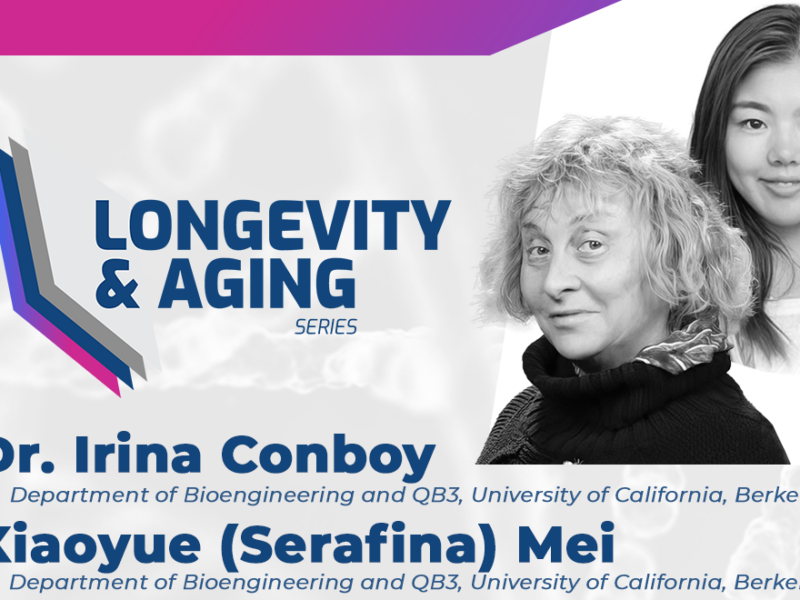The Longevity & Aging Series launched its second season with a premiere episode featuring Dr. Irina Conboy and Xiaoyue (Serafina) Mei from the University of California, Berkeley.
Aging (Aging-US) Authors

PRESS RELEASE: A new research perspective was published in Aging’s Volume 16, Issue 4, entitled, “On standardization of controls in lifespan studies.”
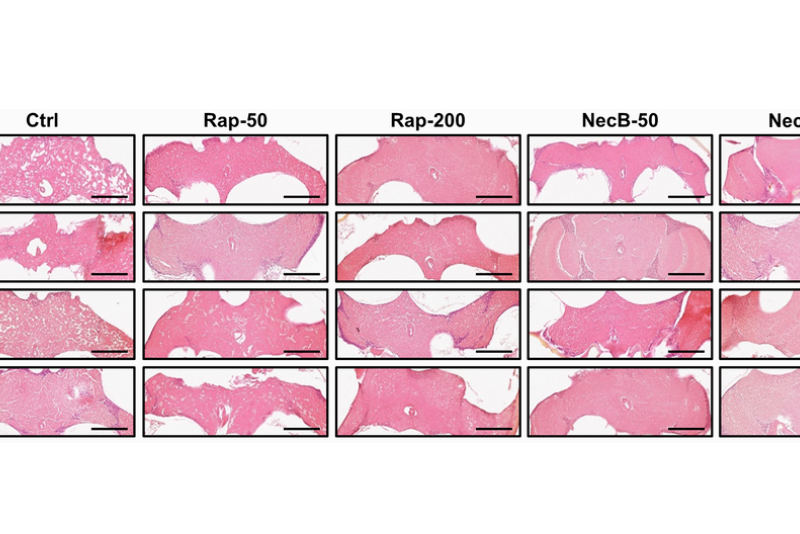
Nectandrin B for Longevity: Nectandrin B (in Nutmeg) Significantly Increases Lifespan of Fruit Flies
PRESS RELEASE: A new research paper was published in Aging’s Volume 15, Issue 22, entitled, “Nectandrin B significantly increases the lifespan of Drosophila – Nectandrin B for longevity.”
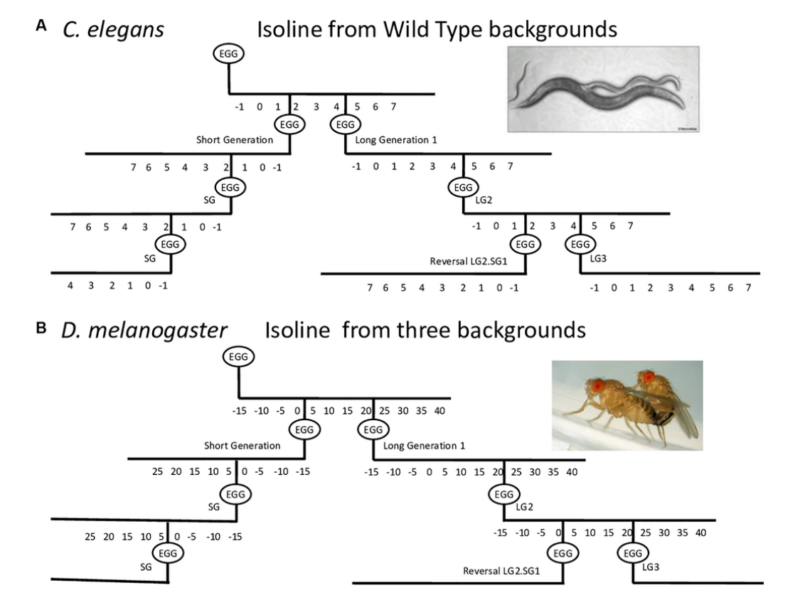
PRESS RELEASE: A new research paper was published in Aging’s Volume 15, Issue 21, entitled, “Parental age effect on the longevity and healthspan in Drosophila melanogaster and Caenorhabditis elegans.”

PRESS RELEASE: A new priority research paper was published on the cover of Aging’s Volume 15, Issue 17, entitled, “Fail-tests of DNA methylation clocks, and development of a noise barometer for measuring epigenetic pressure of aging and disease.”
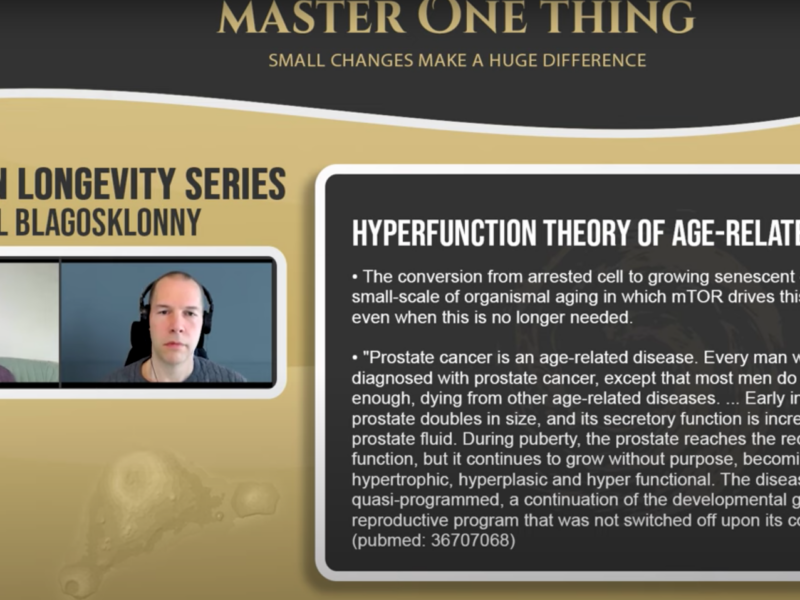
Dr. Mikhail Blagosklonny joins “Master One Thing” host Krister Kauppi to discuss the impact of his rapamycin research and hyperfunciton theory of aging.
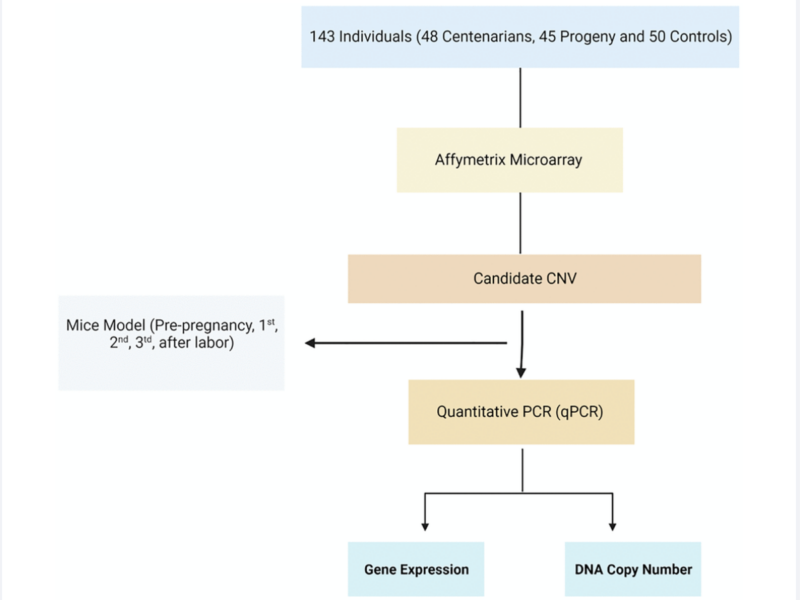
PRESS RELEASE: A new research paper was published in Aging’s Volume 15, Issue 16, entitled, “Copy number variation as a tool for implementing pregnancy as an aging model.”
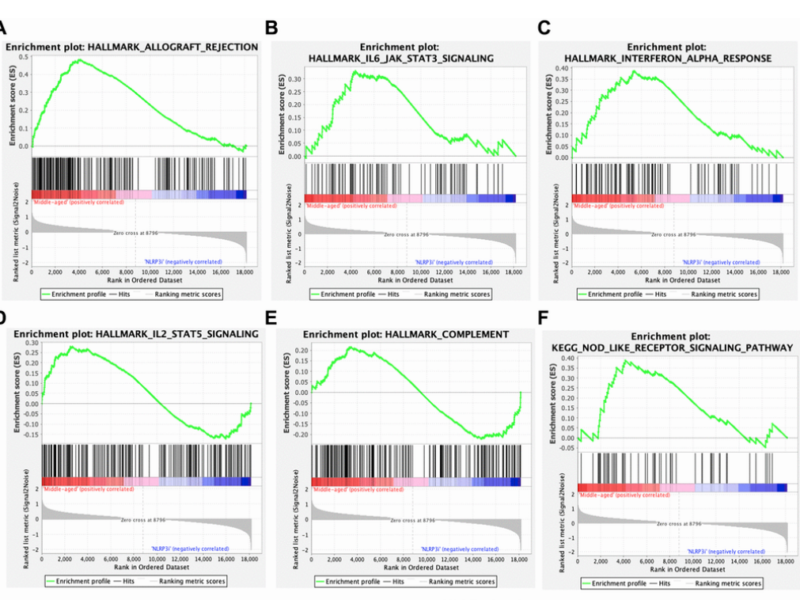
PRESS RELEASE: A new research paper was published in Aging’s Volume 15, Issue 14, entitled, “Inhibiting NLRP3 signaling in aging podocytes improves their life- and health-span.”

PRESS RELEASE: A new research perspective was published in Aging’s Volume 15, Issue 14, entitled, “Towards disease-oriented dosing of rapamycin for longevity: does aging exist or only age-related diseases?”
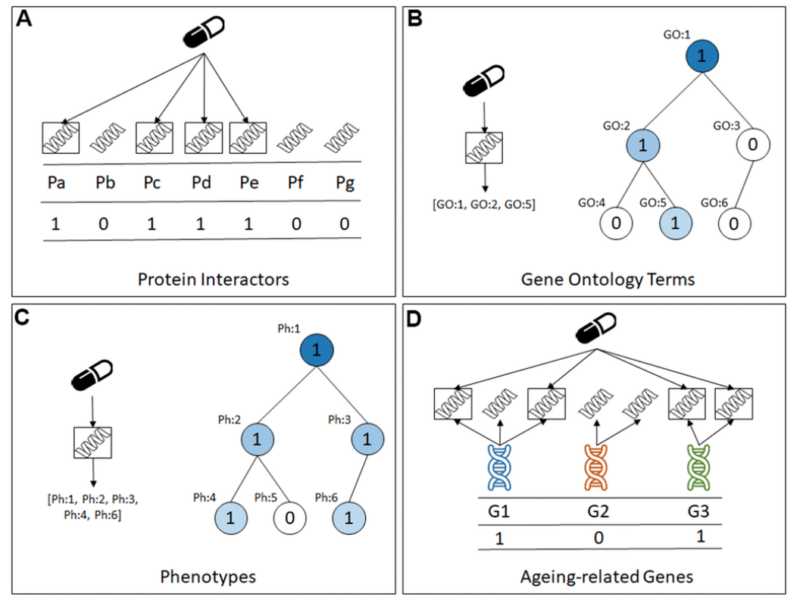
PRESS RELEASE: A new research paper was published in Aging’s Volume 15, Issue 13, entitled, “Predicting lifespan-extending chemical compounds for C. elegans with machine learning and biologically interpretable features.”
